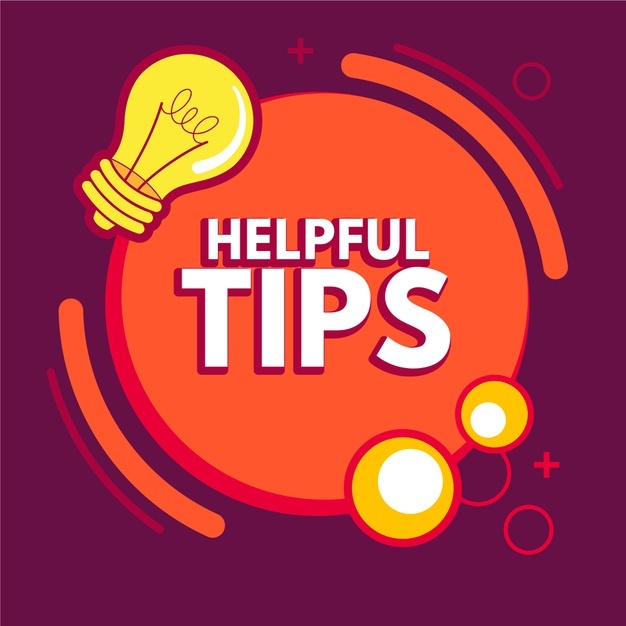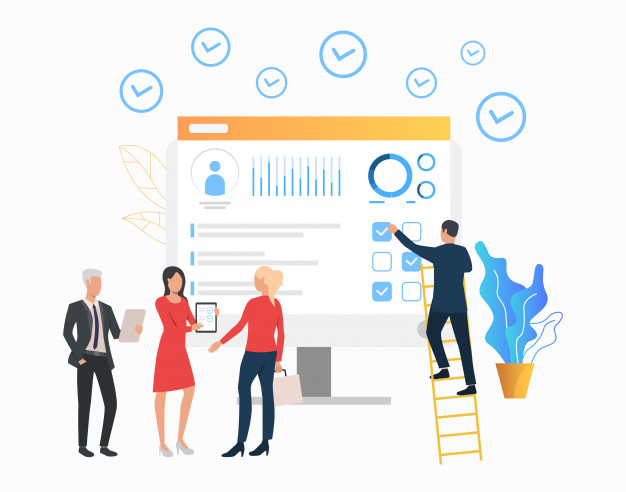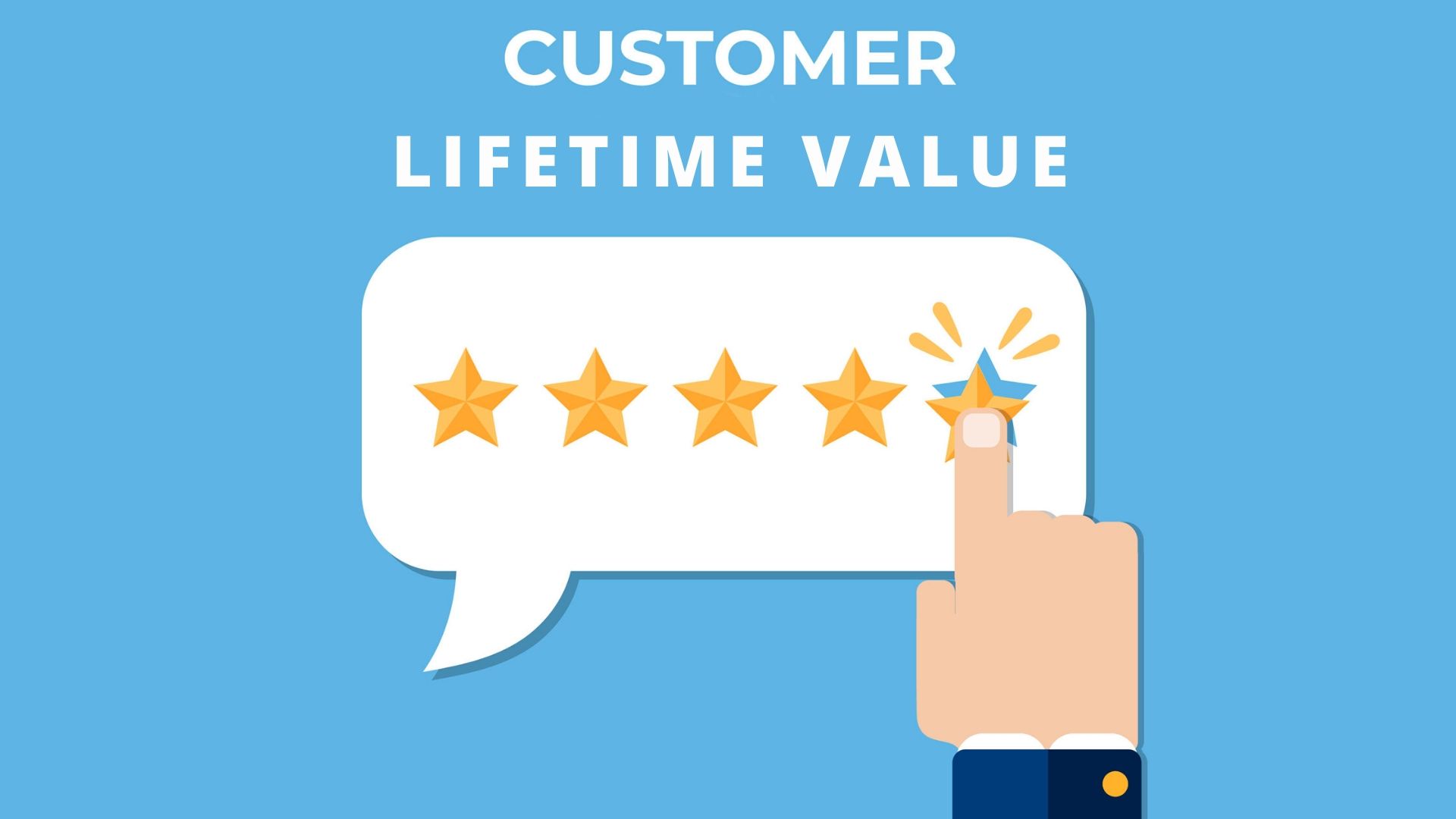Customer Lifetime Value (CLV) is one of the key details liable to be followed as a feature of a customer experience program. CLV is an estimation of how important a customer is to your organization with a boundless time range rather than simply the principal purchase.
This measurement encourages you to comprehend a sensible cost for each acquisition.
What is Customer Lifetime Value?
Customer Lifetime Value (CLV), here and there alluded to as lifetime value (LTV), is the net revenue an organization hopes to gain over the total of their business relationship with the normal customer.
The customer lifetime value must record for the customer acquisition costs (CAC), progressing deals and advertising costs, working costs, and, obviously, the cost required to make the products or services the organization is selling.
Numerous organizations adopt a limited strategy by disregarding this significant measurement and rather upgrade for a solitary deal in the close to term. It’s as yet critical to discover new customers for the development of the organization; however streamlining the lifetime estimation of existing customers is likewise basic for an organization to continue a reasonable plan of action.
Indeed, an expansion in client degrees of consistency by just 5% has been found to expand benefits somewhere in the range of 25% to 95%. With this at the top of the priority list, expanding the expected customer lifetime value is fundamental.
Contributing factors of the Customer Lifetime Value
While thinking about what burdens the customer lifetime value we should consider how the customer sees the brand being referred to.
In the event that a customer doesn’t feel any brand loyalty or bring about exchanging costs while progressing their business to a competitor’s product, at that point it’s feasible the customer lifetime worth will be affected contrarily.
We should likewise consider how adaptable the deals and promoting endeavors are when developing incomes and expanding customer lifetime value. Think about the considering:
Churn Rate
How regularly do clients quit shopping with a business they’ve recently patronized? The pace of wearing down, or beat rate, contrasts from business to business, contingent upon the upper hand a business can order.
New businesses, for instance, experience an a lot bigger steady loss rate than a given industry’s settled in brands.
Churn rate is determined by
- Subtracting customers toward the finish of the period from customers toward the start of the period.
- Dividing the distinction by the quantity of customers toward the start of the period.
For instance, if business began the year with 1,000 faithful customers and finished the year with 750 customers, their churn rate would rise to 25%. This implies 25% of their customers took their business elsewhere.
Customer Loyalty
How faithful are customers? On the off chance that a customer has no feeling of loyalty to a specific brand, they are viewed as brand-rationalist. Building a feeling of brand loyalty is significant for any business as it legitimately associates to an expansion in customer degrees of consistency and abatement in stir rate.
Brand supporters will advocate for the organization’s benefit. As bosses of the brand they will drive informal showcasing. Brands with faithful customers are probably going to see a higher than ordinary client lifetime value.
Adaptable Sales and Marketing
How adaptable are your deals and advertising strategies? On the off chance that an organization’s income development has straightforwardly corresponded to deals and advertising costs, it is imperative to streamline those endeavors.
In the event that income diminishes, yet the deals and advertising costs keep on growing, overall revenues will be crushed and could bring about a misfortune.
This is the reason a versatile deal and showcasing methodology is basic. Following key measurements and estimating execution will take into consideration brisk vital turns when endeavors are demonstrating inadequate.
Testing new channels, A/B testing techniques, and advancing for transformations will permit you to scale your deals and promoting.
Tips to elevate Customer Lifetime Value

Optimize Onboarding
With churn rates the most elevated after a solitary communication with the normal organization, it’s essential to establish the principal connection positively. Customers frequently need instruction on the highlights and advantages of your product to really see how the product can decidedly affect their lives.
In an assistance business, compelling onboarding can be as straightforward as showing a loyalty to client assistance and accessibility to take care of customer issues. Being mindful to the requirements of a first-time customer and calming any falterings about their choice to buy ought to be top need for this first association.
Powerful Communication
An open line of correspondence between the organization and customer fortifies the relationship and causes the organization to feel progressively human. In the present condition, it’s a higher priority than any time in recent memory to react to criticism, particularly negative remarks, and poor appraisals.
Customer acknowledges when their voices are heard. The basic affirmation that an organization is open to input and their issues will be tended to can be an impetus for rehash business.
Expanding the viability of customer correspondence additionally applies to deals and showcasing duplicate. You can gauge the exhibition of correspondence with customer by surveying churn rate and advertisement transformation rate.
Loyalty Program
Executing a loyalty program can be an extraordinary method to customize the customer experience while boosting rehash buys. Some normal steadfastness programs offer prize focuses, or the capacity to open free and limited product after the collection of buys. For instance, purchase nine cups of espresso and get the tenth free.
Clients are glad for the prizes they gather and organizations are compensated with an expansion in client lifetime value. A carrier, for instance, rewards clients who make buys utilizing their selective charge card with free miles that can add to the expense of a flight or gather to a free flight.
Retargeting
One of the most significant strategies to improve the customer lifetime value is to reconnect customers who have had a past involvement in the brand. Retargeting can be a straightforward token of the organization and in any event, increment brand acknowledgment.
Products with a time span of usability can enormously profit by retargeting endeavors as their time-delicate nature will require another buy.
Customer lifetime value is a metric that all organizations ought to consider when making arrangements for future development and anticipating gainfulness star formas. Organizations should actualize procedures to build the customer lifetime value, particularly since the expense to hold a current customer is considerably not as much as securing another customer.
How to measure Customer Lifetime Value

In the event that you’ve purchased a $40 Christmas tree from a similar grower throughout the previous 10 years, your CLV has been worth $400 to them. Be that as it may, as you can envision, in greater organizations CLV gets progressively convoluted to figure.
A few organizations don’t endeavor to quantify CLV, referring to the difficulties of isolated groups, deficient frameworks, and untargeted advertising.
At the point when information from all regions of an association is coordinated nonetheless, it gets simpler to figure CLV.
CLV can be estimated in an accompanying manner:
- Identify the touch points where the customer makes the worth
- Integrate records to make the customer venture
- Measure income at each touch point
- Add together over the lifetime of that customer
At its least difficult, the recipe for estimating CLV is:
Customer income less the expenses of procuring and serving the customer = CLV
Capacities can be added to this basic recipe to mirror different buys, personal conduct standards, and commitment to anticipating CLV.
How much your customers are costing you?
CLV is an extraordinary measurement to follow and streamline, yet one thing to watch out for also is the expense of that client to your business.
This is the place Cost to Serve comes in. In the event that the expense of serving a current client turns out to be excessively high, you might be making a misfortune in spite of their apparently high CLV.
So there’s an exercise in careful control to haggle here. To return to our paid TV membership, your expense to serve may be higher in the main year of an agreement however step by step drop off the more they remain with you. Subsequently, if your recharging rates drop, your normal expense to serve is probably going to rise and cause a drop in productivity.
Understanding these numbers after some time and having the option to follow them one next to the other is the best way to get a genuine comprehension not just of what’s driving customer spend and dependability yet additionally what it’s conveying back to the business’ primary concern.
Customer Lifetime Value Model

- Calculate average purchase value: Calculate this number by separating your organization’s all-out income in a timeframe (typically one year) by the number of buys through the span of that equivalent timespan.
- Calculate normal buy recurrence rate: Calculate this number by separating the number of buys by the quantity of one-of-a-kind clients who made buys during that timespan.
- Calculate customer value: Calculate this number by increasing the normal buy an incentive by the normal buy recurrence rate.
- Calculate average value life expectancy: Calculate this number by averaging the number of years a client keeps buying from your organization.
- Calculate CLTV: duplicate customer value by normal customer life expectancy. This will give you the income you can sensibly anticipate that a normal customer should produce for your organization through the span of their relationship with you.
Pinky is an MBA in Marketing from the University of Mumbai. She loves helping people out in learning Marketing and sharing latest ideas and tactics for growing businesses.
